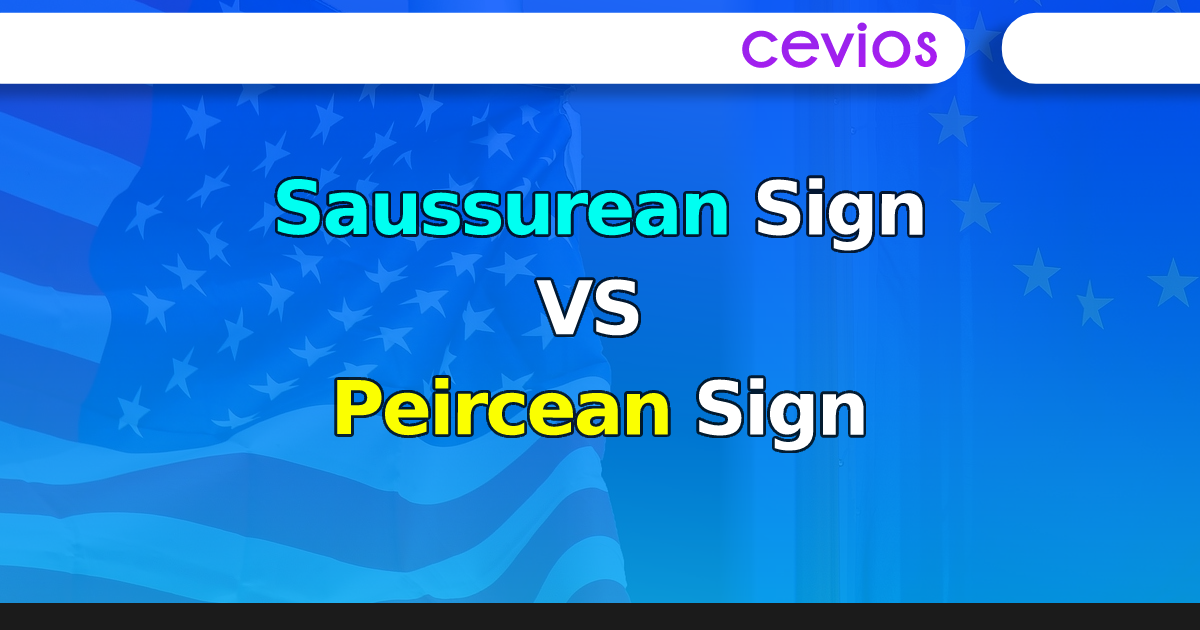According to Roland Posner, semiotics at the fin du siècle[1] became “The art of revealing or creating meaning in discourse. Semiotics becomes “semanalysis” (Kristeva,1969a) or the “deconstruction” of discourse (Derrida 1967a; de Man 1979, 1993; Culler 1982)” (Posner, “Post-Modernism, Post-Structuralism, Post-Semiotics?” p.23)
It then went from science to art, from logos to creativity, and from…










